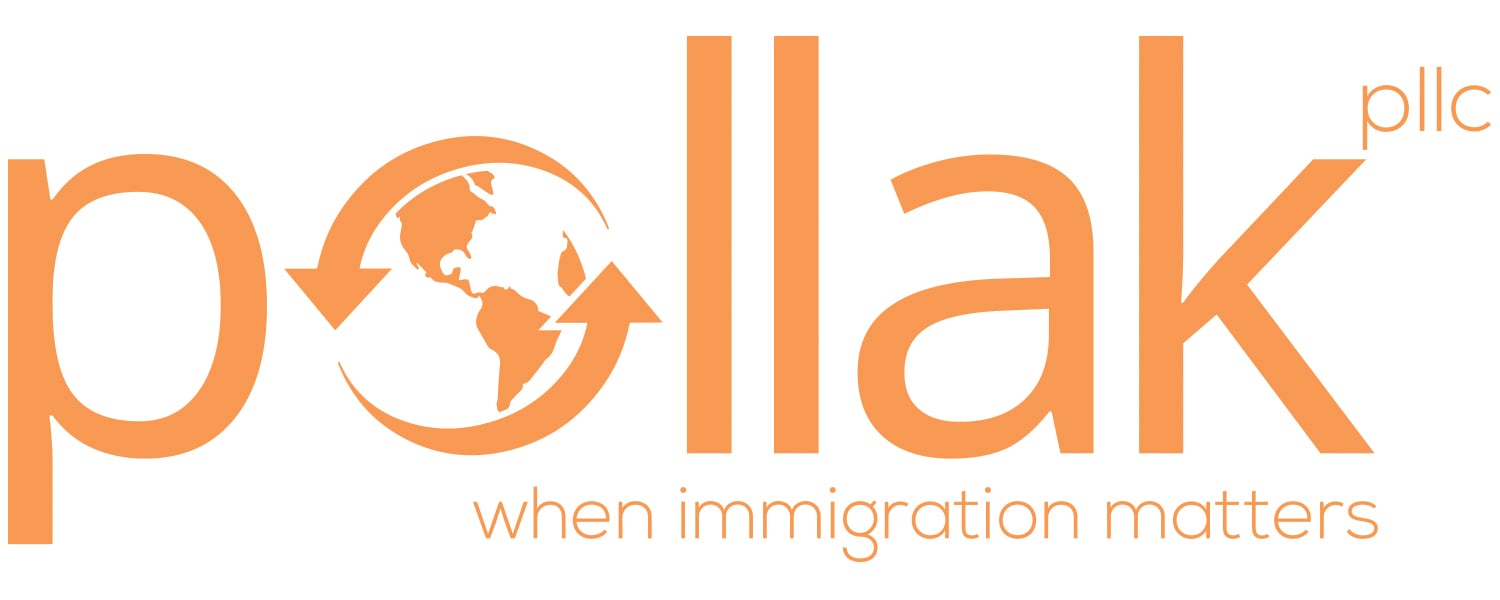 On Thursday, August 30, 2012, Roberta Freedman, AILA Students & Scholars Committee member, and Mike Nowlan, Chair of the AILA Business Committee, discussed the Visa Bulletin, visa demand in the employment preference categories, and predictions for FY2012 and FY2013 with Charlie Oppenheim of the Department of State’s Visa Office. These are only discussions of what could happen and are not assurances or guarantees by the Visa Office, as changes in visa usage result in changes in the Visa Bulletin.
On Thursday, August 30, 2012, Roberta Freedman, AILA Students & Scholars Committee member, and Mike Nowlan, Chair of the AILA Business Committee, discussed the Visa Bulletin, visa demand in the employment preference categories, and predictions for FY2012 and FY2013 with Charlie Oppenheim of the Department of State’s Visa Office. These are only discussions of what could happen and are not assurances or guarantees by the Visa Office, as changes in visa usage result in changes in the Visa Bulletin.
Notes from that discussion are:
- Employment Based (EB)-1 visa usage is extremely high. August 2012 was at a near record high. The Visa Office does not know why. Is USCIS clearing out backlogs because of the new Deferred Action for Childhood Arrivals program, or is this pent up demand from 2011, or more “upgrades”? The answer is unknown. The EB-1 visa category could close in September if usage remains this high (close the 40,000). It would then go current in October. In July 2012, EB-1 usage was almost 3,000, of which roughly 1,200 had 2011 or earlier priority dates, and the rest had 2012 priority dates. The 13,000 unused EB-1 numbers that were expected in FY2012, and which would then “drop down” to EB-2, did not happen.
- EB-2 India priority date will probably go to 2006 when the Visa Bulletin is published next month (not 2007 as previously predicted). This is due in part to the retrogression in 2012, as well as the high level of EB-1 usage. India is expected to stay in 2006 for some time. It could fall back to 2005, but that does not appear likely right now. Slow movement in this category in FY2013 is expected.
- EB-2 China priority date will be further ahead than India, but that assessment has not been completed yet.
- EB-2 worldwide may go current in October, or it may go to early 2012 and then current in the November Visa Bulletin – a 2 step process. Why the delay? Employment-based numbers move in a fairly predictable usage pattern (unlike family-based cases). As a result, the Visa Office prefers to have a steady usage of EB cases per month. There are expected to be many EB-2 worldwide cases pending or filed in October, and slowing the usage could help predict usage for the rest of the year. A “correction” in EB-2 worldwide towards the latter part of FY2013 could happen (in other words, potentially visa retrogression for EB-2 worldwide and no longer current).
- EB-3 worldwide should remain as posted for the rest of September. No prediction could be given as to where it will go in the October Visa Bulletin. Steady progress is expected in FY2013, unless heavy EB-1 and EB-2 usage in FY2013, which would slow the speed of EB-3 worldwide.
Other comments:
As reported previously, another problem with trying to predict the demand is that USCIS is not providing real time data on EB-3 to EB-2 "upgrades", and the Visa Office is also seeing a significant number of EB-2 to EB-1 “upgrades.” “Upgrades” continue to be a big "wildcard," as no one knows how many are being used per month. Mr. Oppenheim confirmed his previous comments that USCIS cannot tell him how many upgrades are filed. He would appreciate a process where USCIS notifies his office when the I-140 for the EB-2 “upgrade” is filed, so he can understand what is in the pipeline. Since the retrogression earlier this year, the Visa Office has better data on the cases pending than they did previously because cases filed with a pending adjustment of status application are pre-adjudicated, which gives his office more detail on the person’s priority date history. Retrogression is still a problem, but understanding the data is a small benefit to it.
Upgrades were initially limited to India and China. Worldwide upgrades are now occurring, with 2,900 upgrades for EB-2 worldwide in February 2012. Over 500 of those had a priority date of 2009 or earlier. The Visa Office knows it has 3,500 EB-2 worldwide cases pre-adjudicated and ready to be approved on October 1st and expects more new filings in October.
Family Based (FB) 2A cases: Usage is dropping. Outreach programs seem to increase usage. Immigrant visa waiver delays, primarily in Mexico, also slow usage. FB-2A usage is slower than it should be so the priority dates are expected to move forward at the same pace as FY2012. However, if demand continues to be low, this group may move forward more significantly in the spring of 2013
PUBLISHED BY AILA Cite as "AILA InfoNet Doc. No. 12012349 (posted Sep. 5, 2012)"



